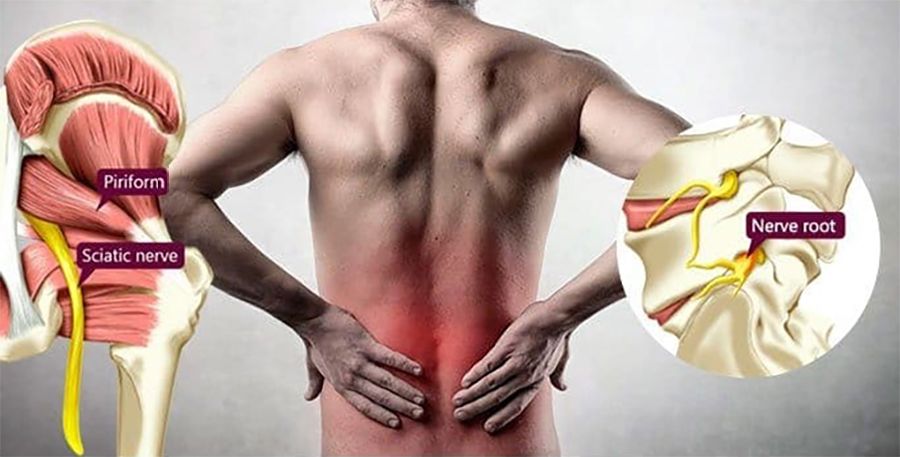Soleus the forgotten muscle for runners
Providing treatment post GNR and talking with some of the runners when asked how long they have they been training and how did they train, most of them answered “started running 10-12 weeks ago but I did not do anything else”. It is an answer that I often get when treating runners but is running enough for running? Errr ..no!
What is soleus muscle?
It is one of your three calf muscles that extend from the Achilles tendon on the heel up behind your knee. The soleus is responsible for pointing your toes downward and push-off when you’re walking or running.
Sciatica or Piriformis Syndrome?
Sciatica and piriformis syndrome can seem quite similar, particularly in terms of symptoms, and this similarity in how they feel has caused considerable confusion for doctors and patients alike. Some individuals have stated that they are actually the same thing, but despite similarities in symptoms, the underlying causes of the two conditions are different.
Sciatica refers to irritation of the sciatic nerve, that arises from nerve roots in the lumbar spine. The most common cause of sciatic nerve irritation, or “true” sciatica is compression of one or more of its component nerve roots due to disc herniation or spinal degeneration in the lower lumbar region. Sciatica usually begins in the buttock area and, depending on the severity of the underlying nerve compression and inflammation, may extend down the entire leg to the ankle and foot.



